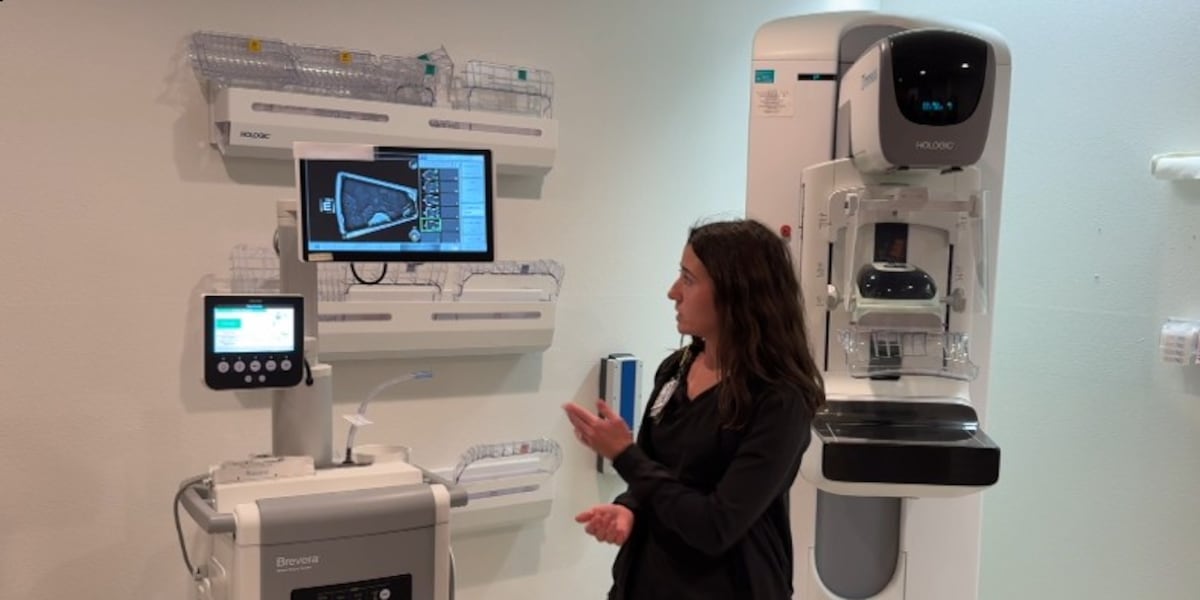Tech in Schools: A Century of Promise, Problems, and Pragmatism

For over a century, the integration of technology into education has been met with a whirlwind of excitement and apprehension. From the initial arrival of slide rules and calculators to the current buzz surrounding AI tools like ChatGPT, the debate remains remarkably consistent: Will these innovations truly transform learning, or will they prove detrimental to students' development?
The historical record, however, suggests a more nuanced reality. The introduction of new technologies rarely delivers on utopian promises or plunges education into dystopian scenarios. Instead, the impact is typically far more complex, a mix of incremental improvements, unforeseen challenges, and ultimately, a gradual adaptation of teaching practices.
Early Innovations and Initial Skepticism
The story begins long before computers. The introduction of the printing press in the 15th century, while not strictly classroom technology, fundamentally altered access to knowledge and sparked debate about its impact on traditional learning methods. Similarly, the late 19th and early 20th centuries saw the introduction of educational films and radio, leading to concerns about passive learning and the potential displacement of teachers. Each wave of innovation was met with a similar cycle of initial enthusiasm followed by skepticism and resistance.
The Rise of Computers and the 'Revolution' That Wasn't
The arrival of computers in schools during the 1980s and 90s was arguably the most significant technological shift in education to date. The promise was revolutionary: personalized learning, interactive simulations, and access to a wealth of information previously unavailable. However, the reality was often less impressive. Limited funding, inadequate teacher training, and a lack of readily available, high-quality software meant that computers often ended up as expensive typewriters in the classroom.
The Internet Age and the Information Overload
The advent of the internet brought another wave of technological optimism. The potential for students to access vast amounts of information and collaborate with peers around the globe seemed limitless. Yet, this era also brought new challenges: concerns about digital literacy, the spread of misinformation, and the potential for distraction. Educators found themselves grappling with how to teach students to critically evaluate online sources and navigate the complexities of the digital world.
AI and the Current Debate: ChatGPT and Beyond
Today, we're facing another technological frontier with the rise of artificial intelligence, particularly large language models like ChatGPT. The current debate mirrors those of the past: Will AI enhance learning or undermine critical thinking? Will it empower students or replace teachers? While the potential of AI in education is undeniable—personalized tutoring, automated grading, and the creation of engaging learning experiences—it's crucial to approach these tools with a critical and pragmatic mindset.
Lessons Learned and a Path Forward
The history of technology in the classroom teaches us several valuable lessons. First, technology is a tool, not a panacea. Its effectiveness depends on how it's implemented and integrated into the curriculum. Second, teacher training is essential. Educators need to be equipped with the skills and knowledge to effectively utilize new technologies and guide students in their use. Finally, a balanced approach is key. Technology should complement, not replace, traditional teaching methods.
Moving forward, the focus should be on leveraging technology to enhance human connection and critical thinking, rather than simply automating tasks. The goal isn't to create a technologically driven education system, but to use technology to empower students and educators to thrive in a rapidly changing world.






